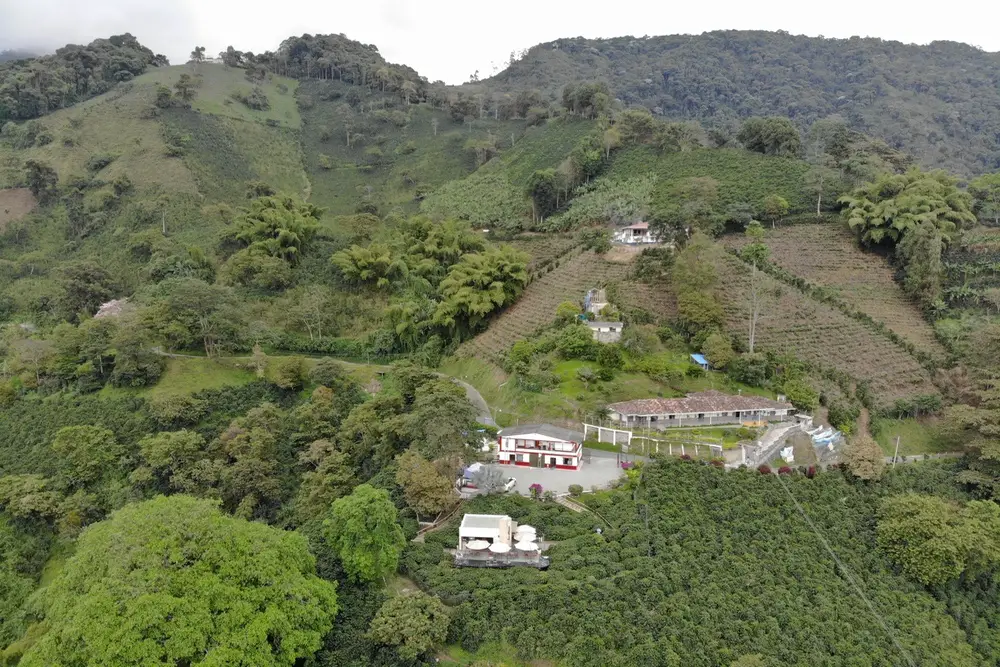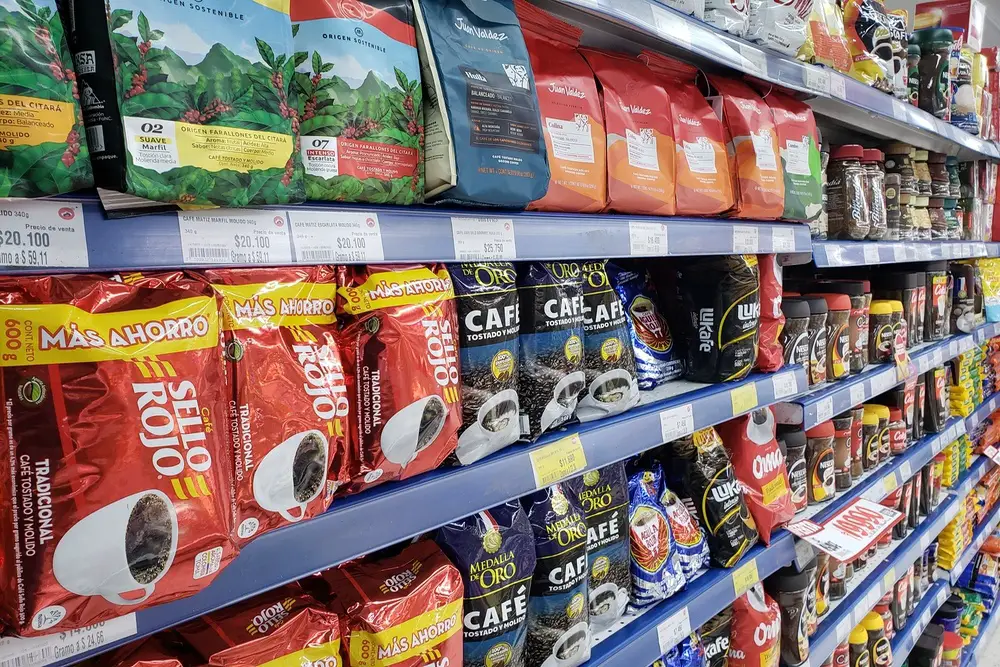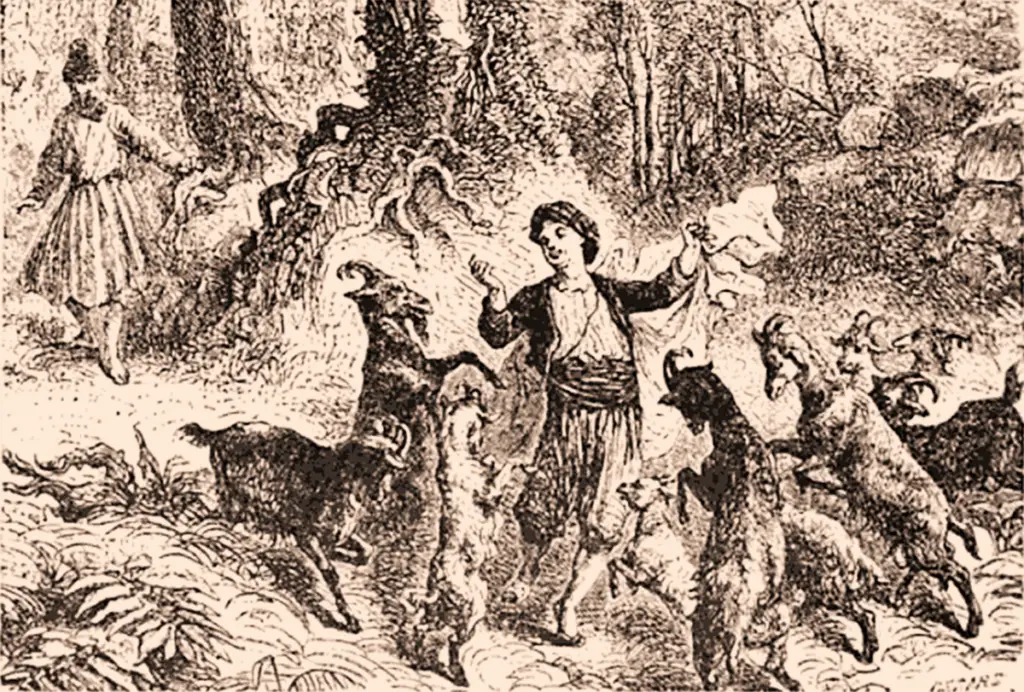With people’s need to explore space, the aviation industry and its employees see the need to make technological advances in this area as well.
Astronauts can also use the energy boost from coffee. And you can find out how it all works here.
Table of Contents
About coffee in space
As the United States commemorates the 50th anniversary of NASA’s first moon landing, these human exploits against all odds are given due attention.
Surprisingly, coffee has been an integral part of our short history of spaceflight, providing focus, alertness and an earthy warmth so familiar that even the weariest of minds looked out into space and said, “Of course I’m in space.”
Legendary American astronaut Michael Collins was inspired to mention coffee several times during flight while maintaining Apollo 11’s orbit around the moon.
- Collins is also known for jokingly toying with portions of coffee with fellow astronauts Neil Armstrong and Buzz Aldrin during missions, although the “calories” of Collins’ freeze-dried coffee are questionable.
- Given the technical limitations and safety procedures aboard Apollo 11 in 1969, it was probably lukewarm at best, a sad state of affairs in most interstellar cafes since spaceflight began.
- Amazingly, coffee is not considered a mandatory dietary supplement for astronauts. Some astronauts even do without it. For example, when Jack Gousma and Gordon Fullerton tested the Columbia space shuttle’s systems in 1982, they orbited the earth for eight days without drinking coffee.
How is coffee made in space?
One of the goals of the Texas Space Grant Consortium (TSGC) is to provide university students with the opportunity to participate in space exploration.
One mechanism to achieve this is the TSGC Design Challenge, which aims to create an ” anything you want ” to develop a system for astronauts to use on the International Space Station.
This was one of the challenges faced by three Rice University engineering students (Robert Johnson, Colin Shaw, and Benjamin Young) and their faculty sponsors, Dr. Ann Saterbak and Matthew Wettergreendel from the Rice Department of Bioengineering.
The task was to develop a method and a device that would allow astronauts to transfer liquid ingredients (whipping cream, sweetener and lemon juice) from one aluminum packet to another packet.
Leaks are unacceptable in zero gravity as liquids can enter the devices and cause malfunctions.
Rice Fresh based its system on existing black coffee bags. NASA provided them with two-layer, heat-sealed bags for syrup and cream.
The beverage and condiment pouches have a compartment that allows access to their contents without spilling the liquid contents.
How to use them
- Pour hot water from the gun tank through the divider into the coffee and sugar bags.
- Once the contents have dissolved, the cone of sugar activates a roller mechanism, similar to the one used to dispense all of the toothpaste from a tube of toothpaste. These rollers are made using a 3D printer.
- To prepare the sweetened coffee, pass the beverage tube from bag to bag through the corresponding opening in the coffee bag and the sugar bag.
- A few turns of the drum and the coffee has just the right amount of sugar.
- The drinking tube is squeezed tightly, the contents of the coffee bag are mixed by squeezing the bag again, then the drinking tube is released and the astronaut can drink the customized coffee.
- Excess sugar and cream can be saved for later.
The demand for coffee in space
Mark Weislogel, a professor of thermal and fluid science at Portland State University who worked with NASA for a decade, helps describe the changes in human beverage consumption in zero gravity.
Weislogel was working on fluid design systems when he learned that astronaut Samantha Cristoforetti had asked to be able to make a real espresso in space and then worked to make it possible by inventing ISSpresso.
Before the introduction of ISSpresso, coffee in space was drunk as instant coffee with a straw. Developed by Lavazza and Argotec, ISSpresso offers the astronauts on the International Space Station an authentic espresso experience:
Weislogel and his colleagues learned that the espresso machine Samantha Cristoforetti developed for the launch still forces the astronauts to drink from a pouch.
Another challenge was to develop technology that would allow the astronauts to enjoy some of the aspects of coffee that we take for granted here on Earth, such as: B. the smell and drinking from a real cup.
Microfluidics engineer Andrew Wollman, Ph.D., who was still a graduate student when developing ISSpresso, worked with Weislogel and the IRPI to develop a new design for pour over coffee that uses a syringe.
Coffee brands in space
Death Wish Coffee to supply the International Station
Beginning of power-up sequence. 3… 2… 1… go!
On June 28, 2018, Death Wish Coffee was sent into space to feed the astronauts on the International Space Station. That coffee, along with other science experiments and materials, was packed into the Dragon capsule to take NASA astronauts to the International Space Station on June 29 aboard a SpaceX Falcon 9 rocket from Cape Canaveral, Florida.
But how did all this happen? In 2017, the amazing Jeff Ayer created a wish list of people to work with for the Fueled by Death Cast Podcast. At the top of his list is (of course) an astronaut.
Death Wish Coffee has always been passionate about outer space and space exploration, so being able to talk to someone who’s already walked among the stars seemed like a dream at the time.
Juan Valdez in space!
Colombia sent a bag of its iconic Juan Valdez coffee into space to celebrate International Coffee Day, the country’s iconic product, on October 1, 2022.
“This conquest of space, bringing the aroma of our coffee into orbit, is Colombia’s beautiful legacy to Earth,” said Domenico Barbato, vice president of marketing at Juan Valdés, in a company statement.
The launch took place from the province of Caldas in the Eje region Cafetero off. A balloon equipped with cameras and GPS recorded the coffee’s departure and return to Earth.
The sack weighed 1,800 grams and reached an altitude of 26,000 meters, said the company, which was supported by Colombia’s civil aviation and young scientist Faber Burgos. “We are proud to bring the name of Colombia to the fore with this historic milestone,” said Lina Hoios , Juan Valdés Marketing Manager.
This coffee sack was launched on October 1, 2022.
Crested Butte flies into space
Crested Butte-based coffee brand First Ascent is dedicated to delivering premium instant coffee for those who love to be in nature.
The brand provides coffee to people in space. About 250 servings of Dawn Patrol Artisan Dark Roast coffee was on the cargo list for NASA’s SpaceX Crew-5 mission to the International Space Station, launched on Wednesday, October 5, 2022.
Knowing they would be gaining almost 8,000 feet of altitude on their nearly 26-mile route, the duo decided the trip would still be worth it, as Drucker said it included more than just a French filter press, fresh coffee beans, and a hand grinder would lead.



